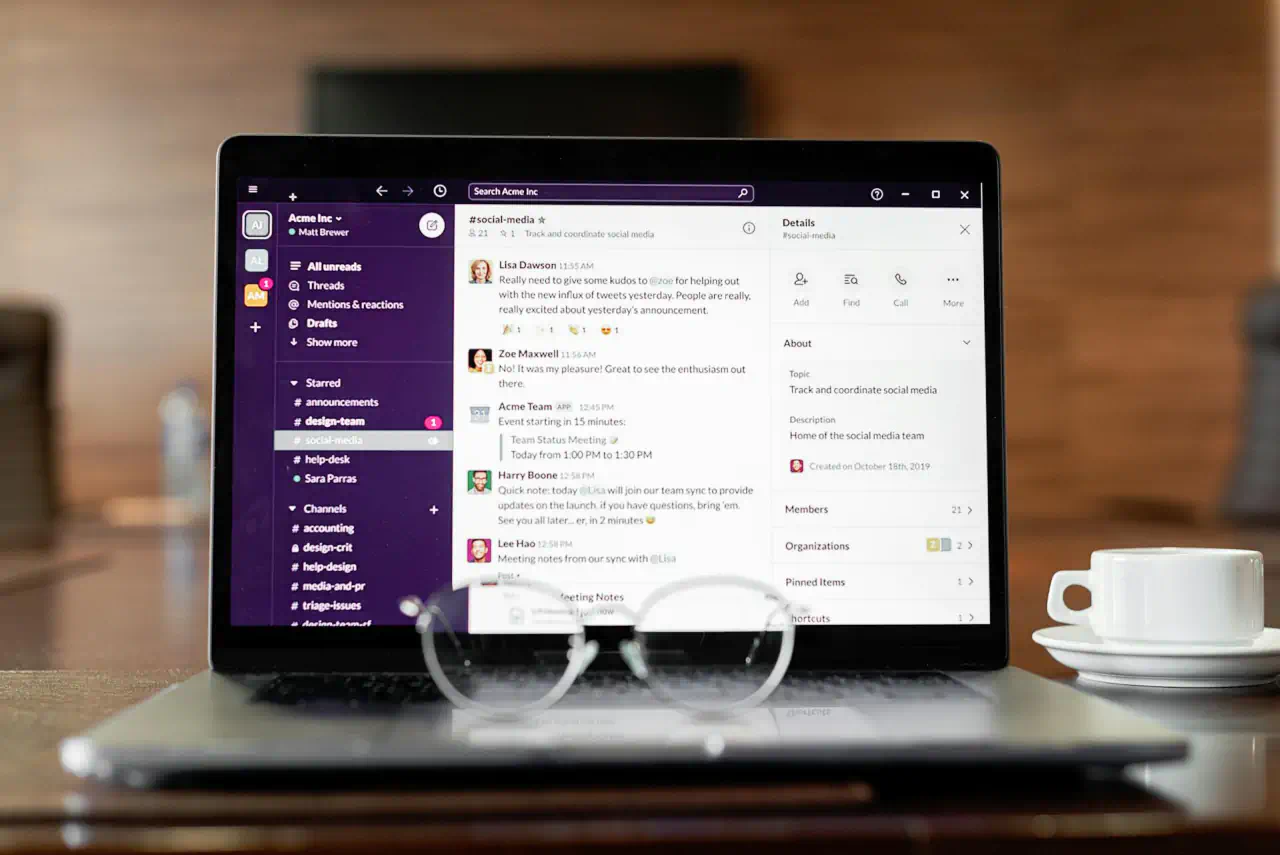Gone are the days when finding remote work was like searching for a needle in a haystack. The modern workforce is now more dispersed than ever before, with advancements in technology enabling increased workplace flexibility. Remote and hybrid work arrangements are becoming the norm, and effective remote work communication plays a crucial role in maintaining seamless collaboration. The IAWP estimates that by 2025, 36.2 million Americans will be working from home in some capacity—a staggering 87% increase from pre-pandemic levels.

As more organizations embrace location-agnostic work policies, they must also navigate communication challenges when collaborating worldwide. Without an intentional focus on connection and alignment from leadership, remote teams face considerable obstacles around collaboration, productivity, and even employee satisfaction. Luckily, by implementing remote work communication best practices, a dispersed workforce can communicate as effectively as they would in the office.
One of the most effective ways to maintain a productive work environment is to implement remote work communication best practices tailored to overcome common pitfalls that remote teams face. Establishing proper structure and norms allows distributed workforces to improve work/life balance, stability, and productivity without sacrificing operational efficiency, work quality, or company culture.
Remote work communication best practices
Build rapport and relationships remotely
Working alongside colleagues day after day builds familiarity and camaraderie. You enjoy getting coffee together, celebrating milestones, and empathizing when things get rough. These shared experiences and informal interactions establish the interpersonal connections that make work more meaningful and productive.

Unfortunately, when working remotely, you miss out on the chance to build organic relationships that often occur during in-person interactions. Watercooler conversations are non-existent, and teammates are reduced to disembodied Slack icons instead of fully realized people. This reality is why leaders must encourage remote staff to build meaningful bonds through specific rapport-building efforts guided by communication tips for working remotely.
Essential best practices for building rapport and relationships include:
- Scheduling recurring weekly or monthly video calls for small talk and social connections
- Organizing remote team-building activities and virtual events
- Encouraging team members to take occasional time off for mental health, which promotes work/life balance instead of burnout
- Accommodating different communication styles and needs
Prioritizing the human element in remote work environments pays off big time, even when working remotely. It makes remote teams feel closer, trust each other more, and work better together.
Enable streamlined communication flows
A quick tap on the shoulder or swing by someone's desk allows for fast and convenient information sharing when in the same location. However, when working across distances, this type of communication is impossible. Instead, remote teams must implement standardized communication systems such as Slack, Microsoft Teams, or Asana, along with easy-to-follow workflows to prevent delays or hold-ups when collaborating.

Essential best practices for streamlined communication flows include:
- Documenting communication norms and expectations in an easily accessible location, such as Asana, Confluence, or Atlassian
- Requiring up-to-date calendars and consistent meeting cadences
- Optimizing chat apps for seamless back-and-forth conversations
- Automating status update processes through project management tools and app integrations, such as Google Calender's app in Slack
Forget the days of waiting for someone to respond to an email or figuring out what's happening with a project. Structured communication tools keep everyone in the loop, remote teams stay synchronized, and work gets done faster.
Encourage transparent and proactive communication
While remote work offers flexibility, it can also create blind spots for critical information; important updates get lost, questions go unanswered, and blockers lurk in the shadows. Without the visibility from being in-office together, remote collaboration requires more frequent and transparent communication guided by remote work communication best practices to ensure alignment.

While managers play a crucial role in establishing healthy communication practices, individual accountability also plays a vital part. Team members must proactively communicate roadblocks early and often to ensure things run smoothly.
Essential best practices for transparent and proactive communication include:
- Implementing weekly standup meetings for progress reports
- Building team policies around overcommunication to create accountability
- Using collaboration tools with visibility into workstreams
- Rewarding behaviors that encourage transparency
Investing in a culture of open communication is vital for remote teams, and leadership plays a key role in establishing and nurturing this welcoming environment. When employees feel empowered, they're more likely to voice concerns early, allowing organizations to avoid wasted effort and last-minute surprises that jeopardize project timelines.
Bridge physical distance through technology
Continuous technological innovation has revolutionized remote work communication, eliminating the limitations of physical separation. Cloud computing, video chat services, productivity software, and other tools allow remote teams to connect and collaborate seamlessly, fostering a sense of connection and shared purpose.

Investing in the right technology is an essential step for organizations to successfully navigate the landscape of remote work. Furthermore, implementing the most suitable applications can significantly enhance collaboration, minimize communication roadblocks, and ensure alignment across geographically dispersed teams.
Some examples include:
- Video conferencing apps to pick up on visual cues during meetings
- Digital whiteboards for real-time collaboration
- Team chat platforms that enable instant yet organized conversations
- Project management software for centralizing workflows and responsibilities
The key is choosing intuitive tools that align with your team's unique needs and are easily adaptable to everyday workflows. With a standardized digital environment enabling seamless remote work communication guided by best practices, geographic separation becomes irrelevant.
The shift is here to stay
With the increase of remote and hybrid work opportunities, the traditional workplace has completely changed, and there's no sign of it reverting. However, without adopting best practices around communication tips for working remotely, many organizations will struggle to overcome the unavoidable communication challenges of having a dispersed workforce.
Companies can overcome this by proactively nurturing connections, streamlining information-sharing channels, and leveraging the latest technologies. By prioritizing clear communication and implementing effective policies, organizations can foster a collaborative environment and help boost morale regardless of where individual employees live.
The success of a business significantly relies on maintaining alignment, engagement, and productivity across distances. Therefore, it's crucial to prioritize the tips outlined in this guide for optimal results.
